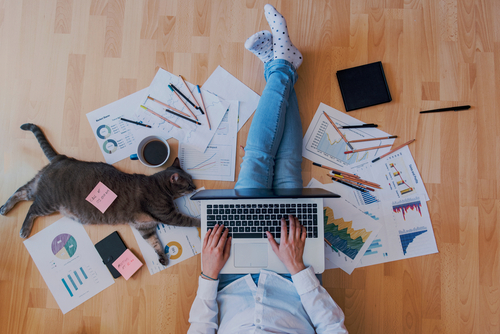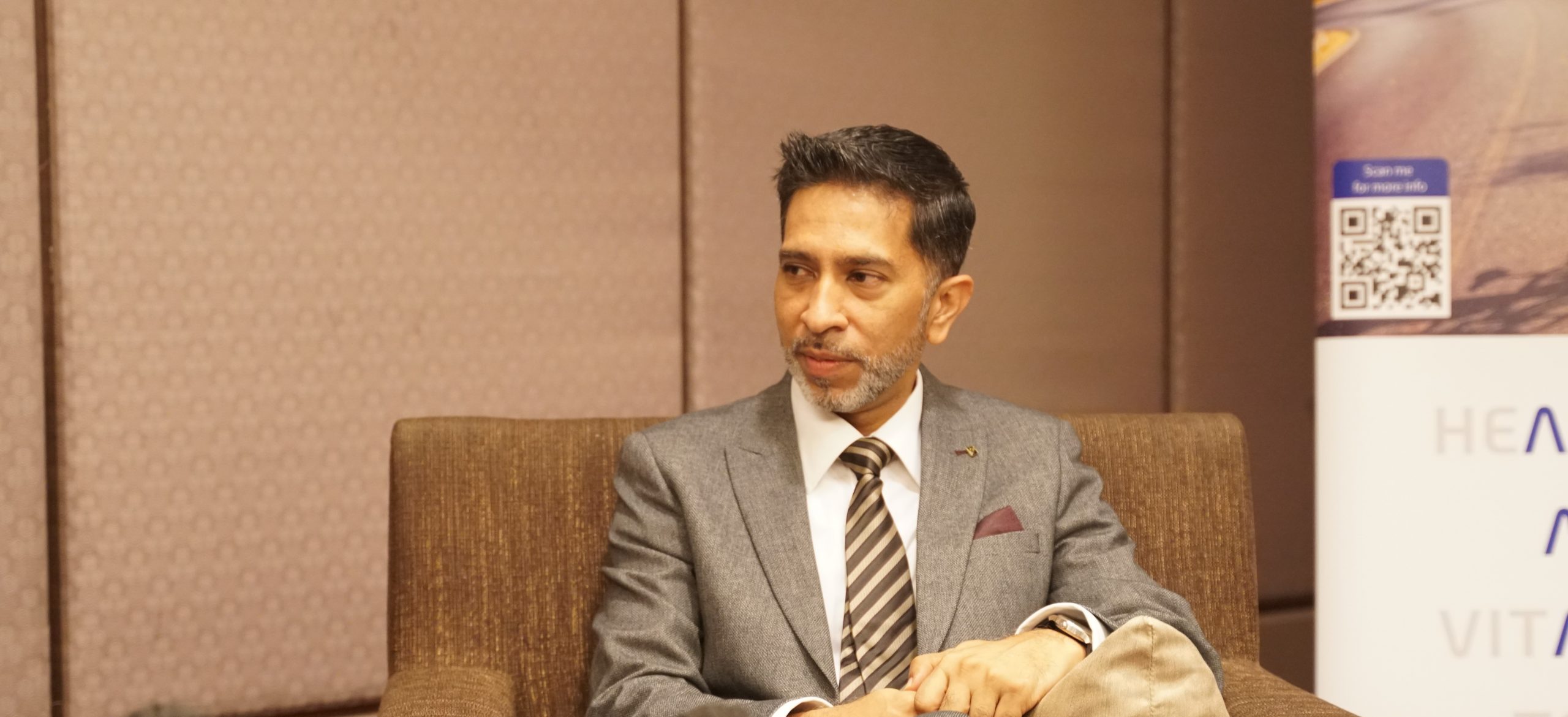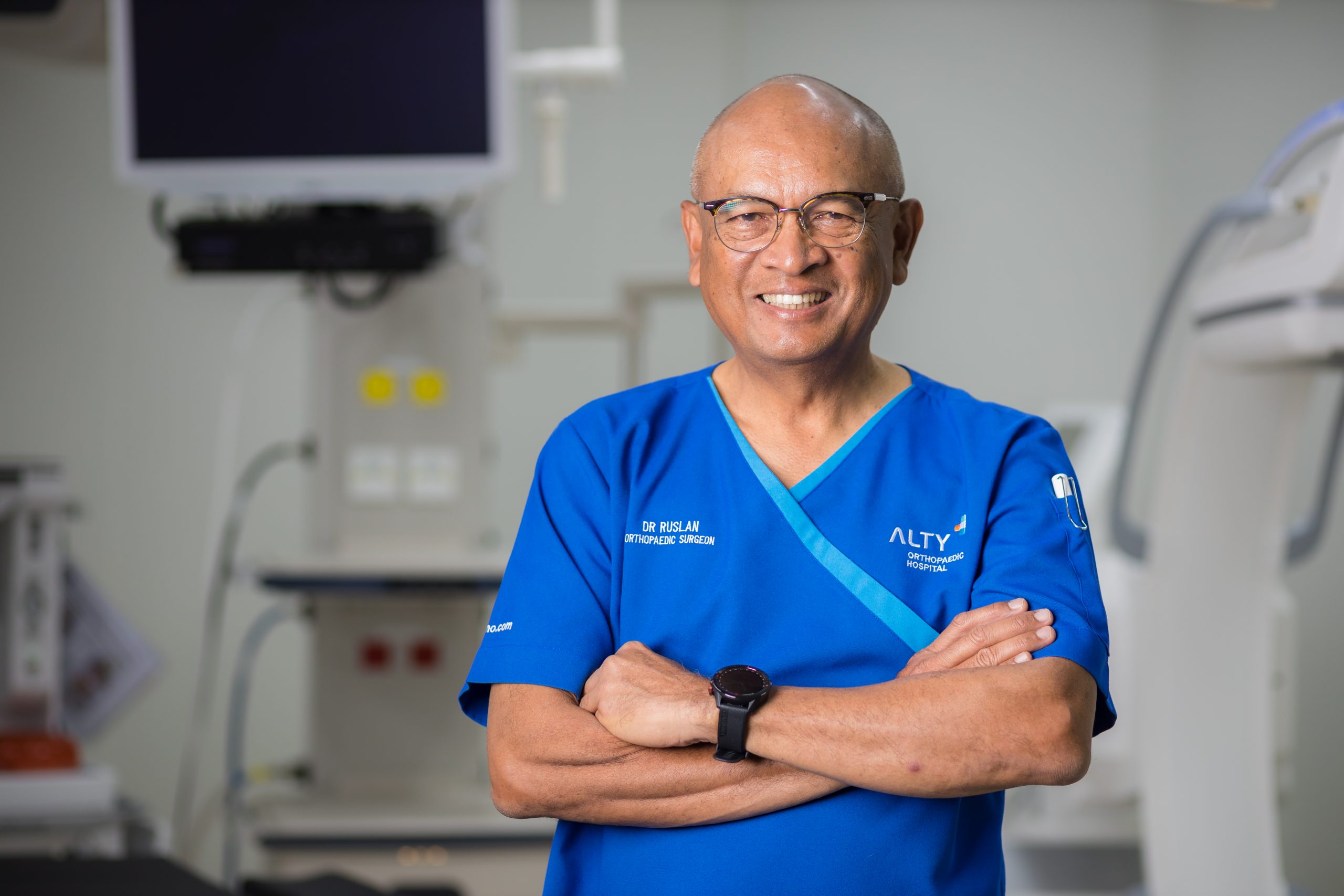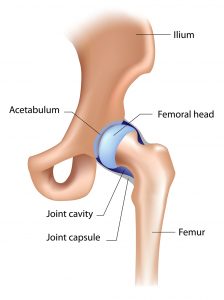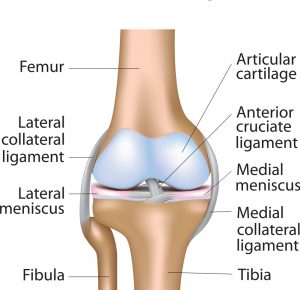WORDS DR LIM SZE WEI
 FEATURED EXPERT FEATURED EXPERTDR LIM SZE WEI Consultant Orthopaedic, Spine & Trauma Surgeon ALTY Orthopaedic Hospital |
While working from home does come with benefits but it also limits physical movements and takes a toll on our postures.
We started seeing a rapidly rising number of young Malaysian adults that are suffering with neck and back pain, especially those working from home and who work for long hours on their devices.
Consciously, we must remind ourselves to pay attention to the signs our back and neck is giving us, so that we can lower the risk of developing serious spinal conditions down the road.
Tip 1
CREATE AN OPTIMAL WORK AREA
- Invest in a proper desk and office chair.
- Ensure that the chair and desk you’re going to be working on is comfortable, supportive, adjustable, and ergonomically sound.
- Pick a work desk with an optimal height so that the neck, shoulders, and arms remain at a neutral position.
- Sett up your workstation perpendicular to the window and away from direct light, to minimize the strain on your eyes.
Tip 2
WORK ON YOUR POSTURE
- Good standing or sitting posture involves having the body be symmetrical, weight evenly distributed and well aligned so it does not strain the neck and back muscles.
- Use a monitor as a primary working computer instead of a laptop to help improve your posture. If that is not possible, use a book or laptop stand to raise the laptop, so it is at eye level.
- While being seated, place a small pillow behind your lower back to maintain an arch to lean back in and relieve your back muscles.
- Keep your forearms and hands leveled and straight by having the keyboard and mouse close to the laptop.
Tip 3
RELAX YOUR MUSCLES
- The issue isn’t sitting or remaining still while working; It’s being stuck in one place for too long. The body accumulates stress between managing tight deadlines, budget demands, performance reviews, and even the everyday challenges of the day.
- To keep the mind and, by extension, body healthy, you can combine basic stretches with breathing exercises and other relaxation techniques while you work.
- Stretches, short walks, or even small bursts of exercise are a great way to get the muscles active and engaged throughout the day.
- Set alarms or reminders throughout the day to get up and stretch. A 30-second “microbreak” is just enough to change your posture briefly and helps take the pressure off and relax.

